About eight or nine thousand years ago (6 or 7 millennium BC) , there was already civilization in Bulgaria. The unique patterns on their potteries were distinct from later civilizations (Greek, Roman, or Ottoman, etc.). Bulgaria’s Varna Gold Treasure is considered the oldest processed gold in the world dating back to 4 or 5 millennium BC. Varna is a coastal town, and the gold treasure is on exhibit in both Varna and Bulgaria’s capital, Sofia. That’s how we got to see them, which were truly impressive. Even if this Varna discovery might not have been the oldest, several other oldest archaeological excavations of processed gold were also around six or seven thousand years ago in Bulgaria.
There was even a small book made of golden leaves with such great details.
Other kinds of pieces were also quite impressive.
The unique Bulgarian patterns and designs are still in use today in their festival clothing.
The gold and silver were naturally used in ancient coins.
Later on, Bulgaria had assimilated other religions and cultural elements. Their renderings, however, were in distinct Bulgarian style. Almost all churches here do not allow photos inside, but the pieces there are similar to what we saw in the museums, where we could take some photos, fortunately.
The National Museum of History is some distance away (15 min by car) from the city center.
The Sofia Museum of History is right next to the thermal mineral water station in the town center. As a matter of fact, the Sofia museum used to be a public bath using the same thermal mineral water at the water station, and some exhibits were a few steps below the ground level since they used to be the bath. It’s heard that the city is in the talk of converting the museum back to a public bath, that’ll be really nice to make the thermal mineral water even more accessible than now right in the town center. Its building is a very beautiful Neo-Byzantine architecture.
Constantine the Great used to say that “Serdica is my Rome”, where Serdica was the first name of the city Sofia, named after a Thracian tribe here called Serdi. The town center of Sofia is still called Serdica (or Serdika) today with the preserved archeological site on open display beside the metro station. The second name of the city was Sredets (meaning center, as it was the center of the First Bulgarian Empire), before the third and last name, Sofia, stuck due to the impact of St Sofia Church. The reason Constantine loved Sofia so much was due to the mineral water here as the source of life. They also experienced and believed in the power of healing in this water. Budapest in Hungary is also famous for their mineral water bath, but their water source is about the same everywhere in the city. On the other hand, there are roughly 9 mineral water sources in Sofia with different mineral compositions, and the water content is more diverse, each with their own power. However, these water sources are not fully utilized yet and many just flow away unused. Sofia has a great potential to take advantage of its rich natural resources.
The thermal mineral water in Sofia has really grown up on me. The first time I tasted it, I just thought that it was not bad, not as pungent as the mineral water I tasted in some other places. The second time I tasted it, I found it to be slightly sweet and flavorful, definitely more capable of quenching one’s thirst than other kinds of water. The more I drink it, the more I like it. It’s almost become our daily routine to take a walk there and bring a couple of bottles back. The water station is nothing fancy, but, hey, it is the water that is the true blessing to this city, not its cover, and this precious water source is freely available to the humans, then and now! I am sure that I will miss the thermal mineral water here when I leave Sofia, perhaps just like what Constantine felt when he left Serdica.
Disclaimer: I am not a historian, archeologist, geologist, or any expert at all on similar topics. This post is based on my layman understanding of such topics from the exhibits and multiple online sources. The credit belongs to those sources, and the errors belong to me. Corrections are welcome and no liability on the rigor of the information above is implied.


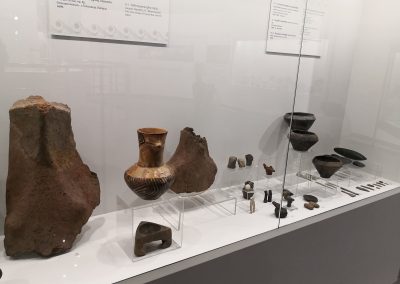
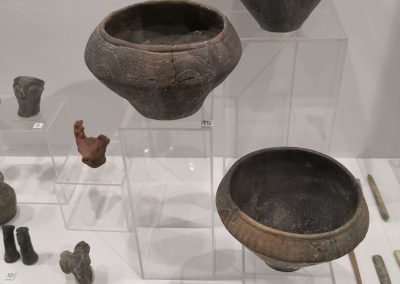

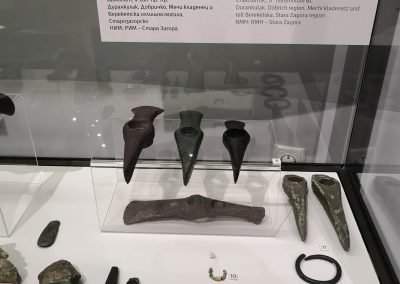
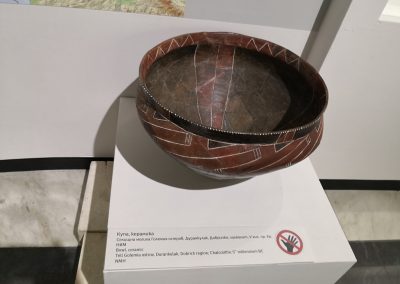
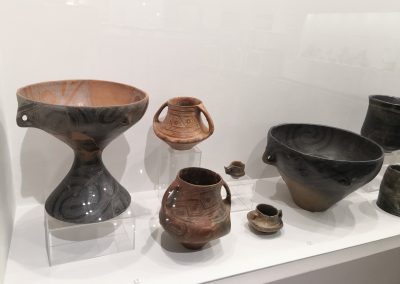

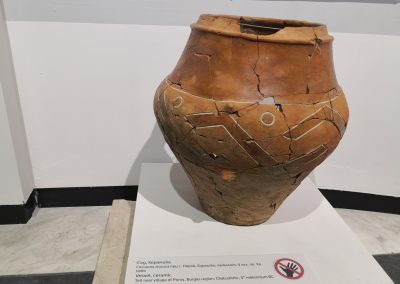
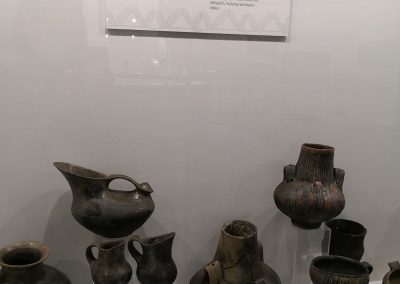
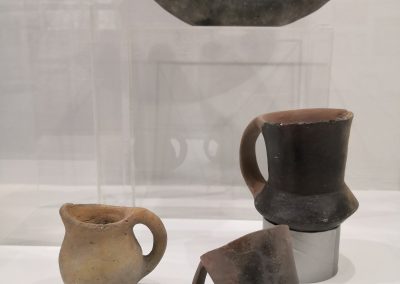
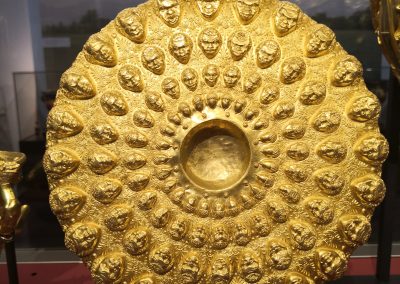
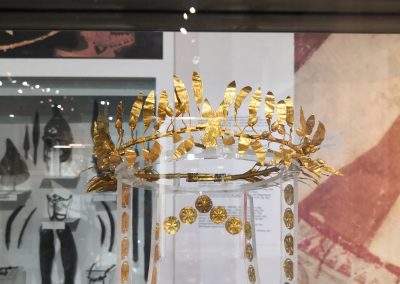
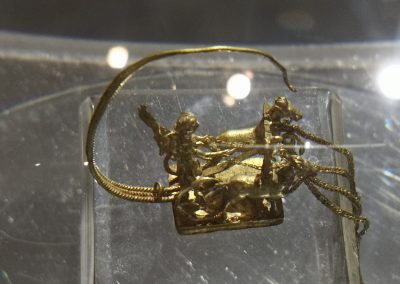

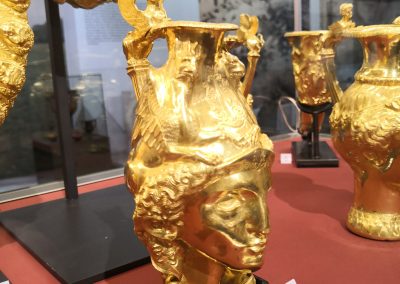
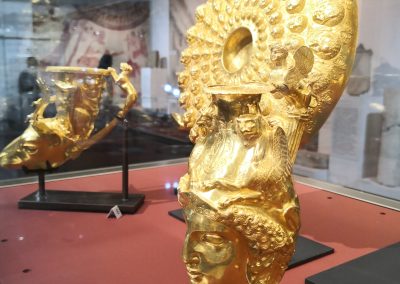


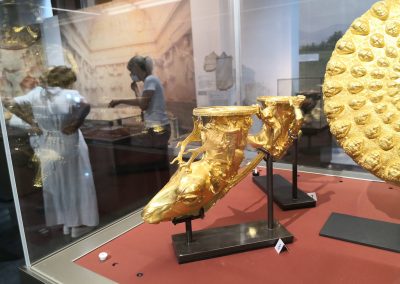

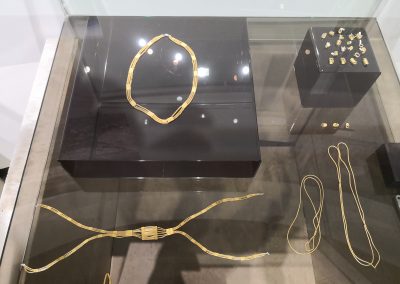
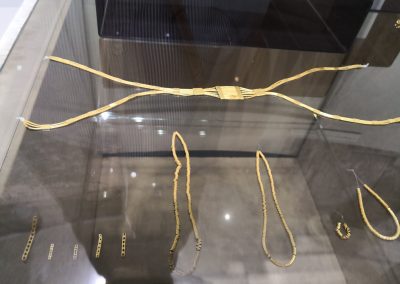
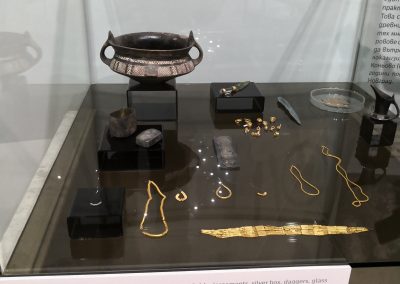
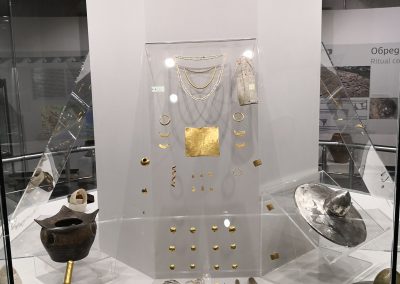
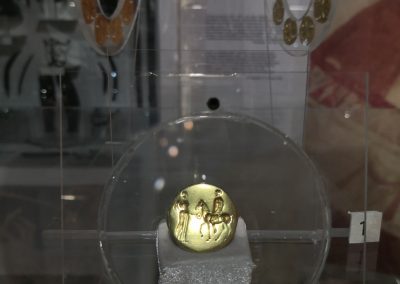

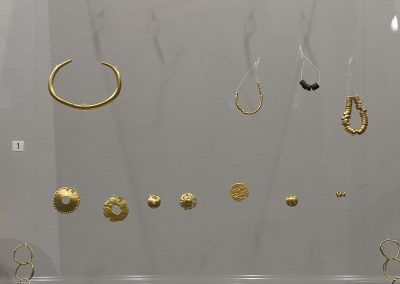

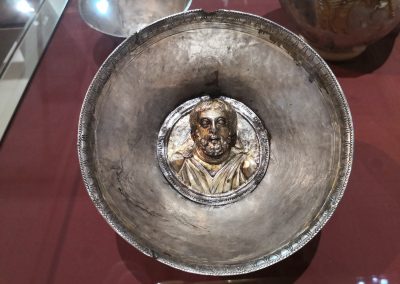
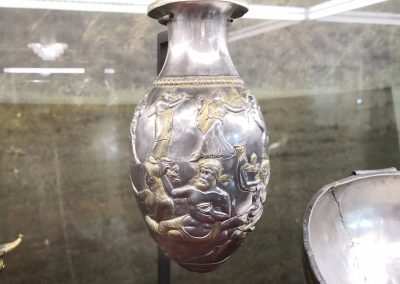
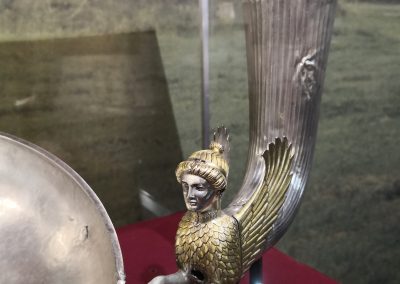

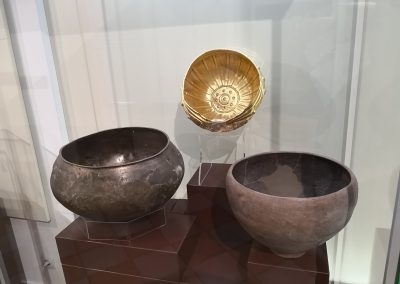

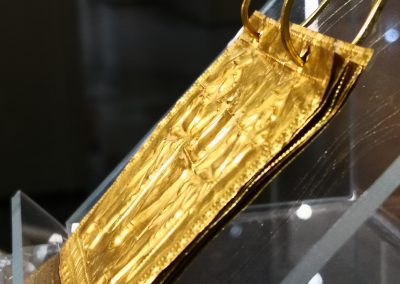
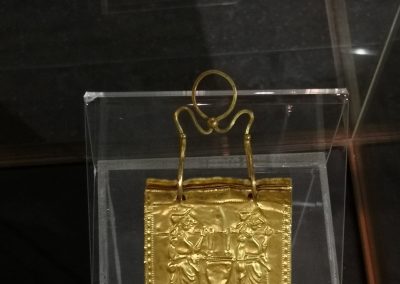
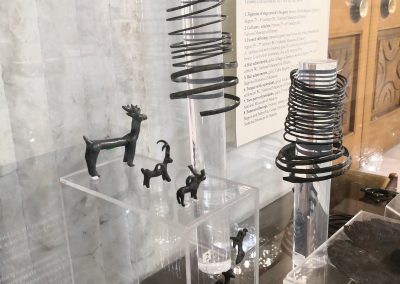
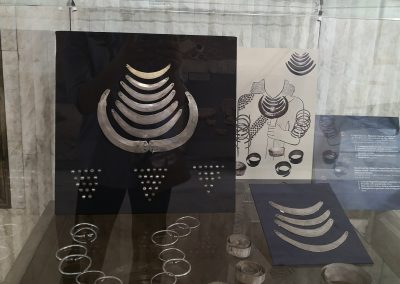

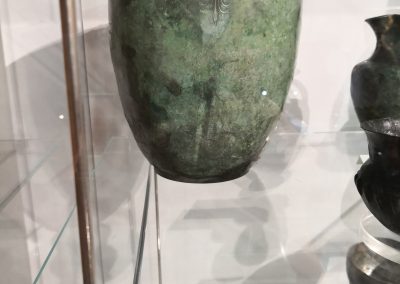
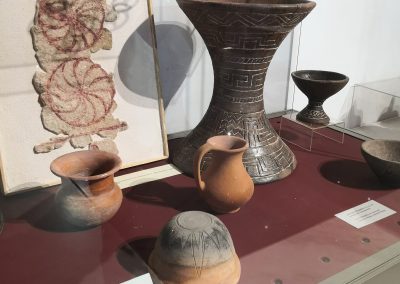


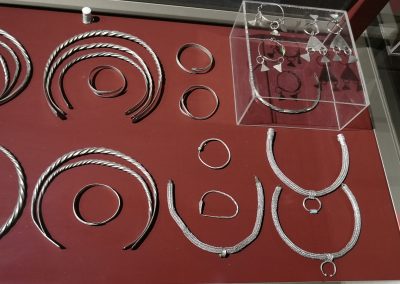
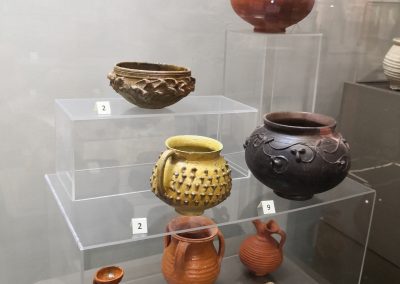
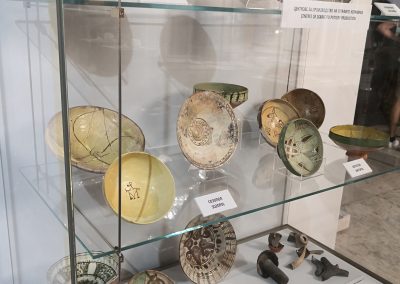
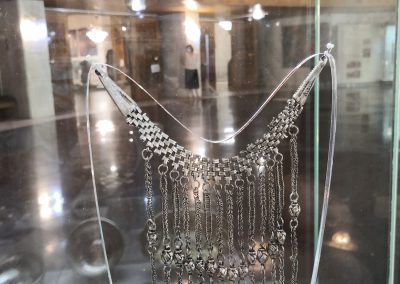


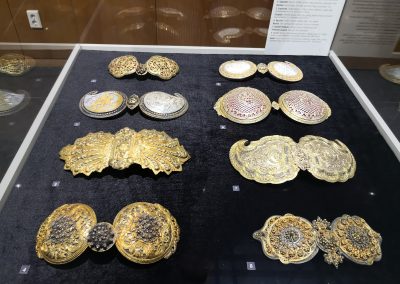
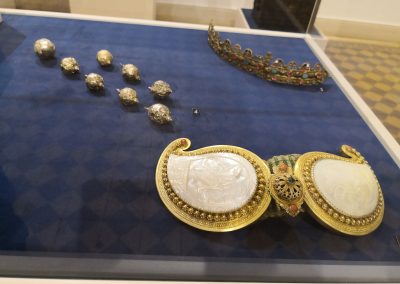

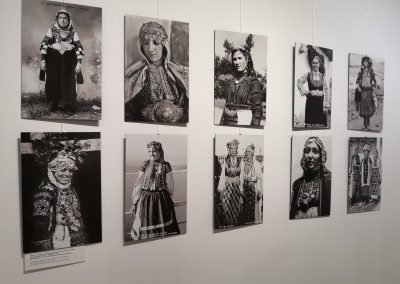
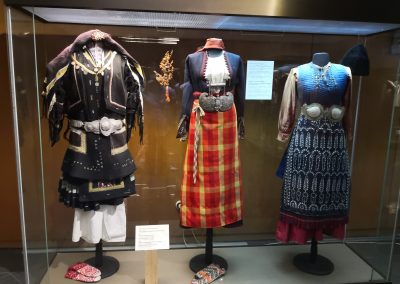
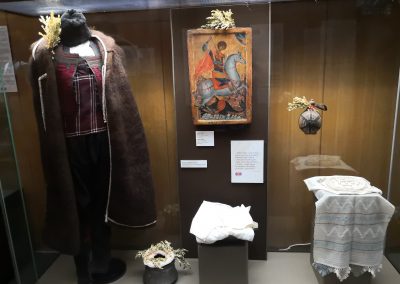
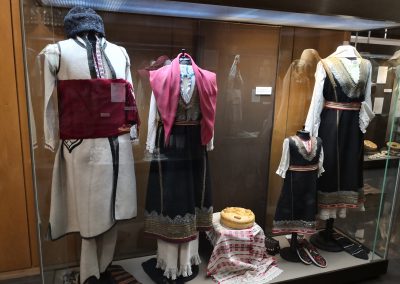
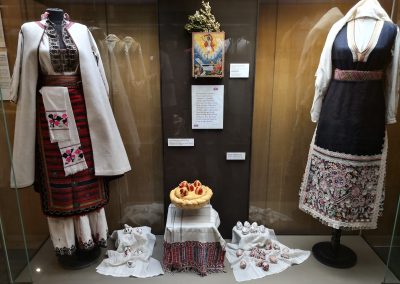

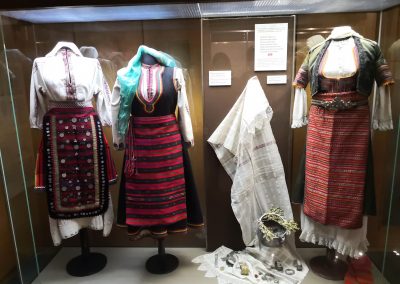

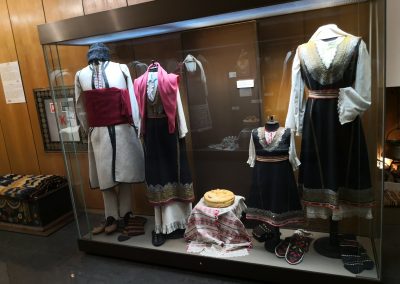
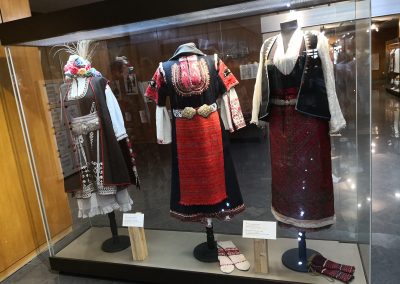
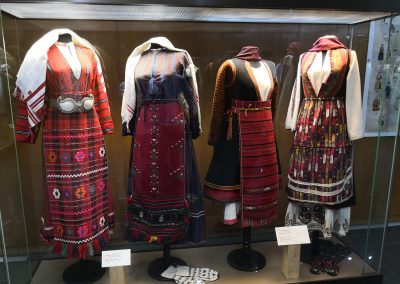



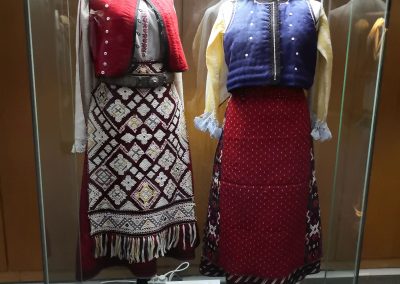
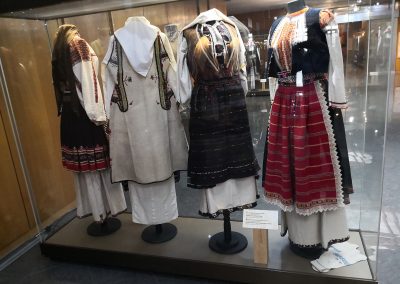
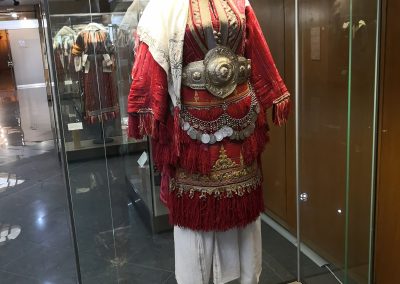
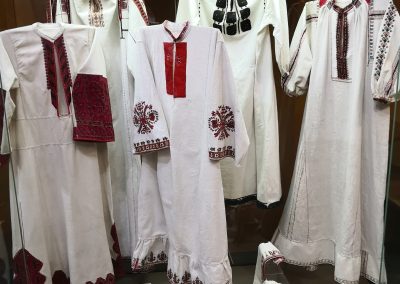




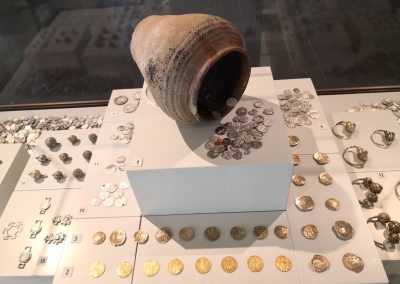
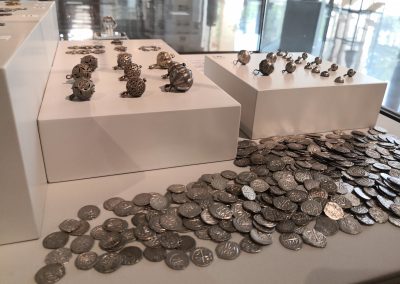


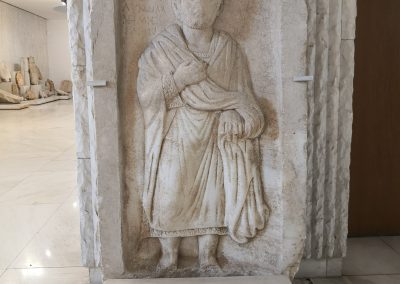
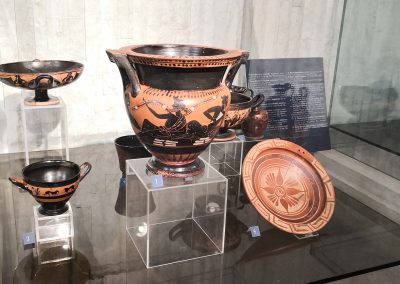
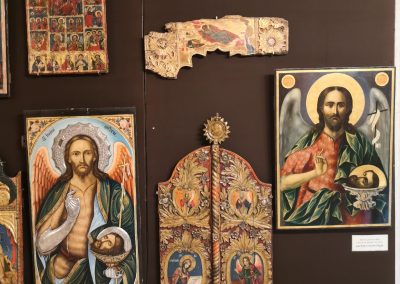
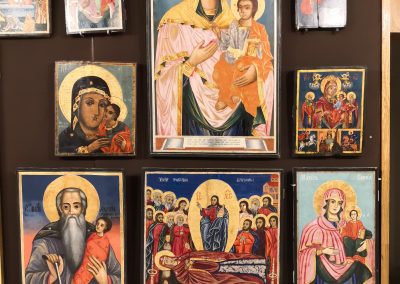

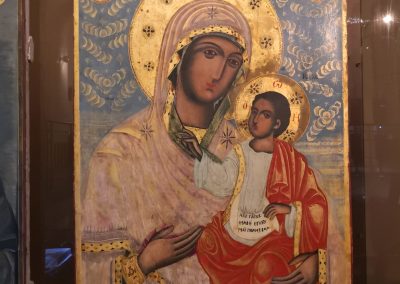
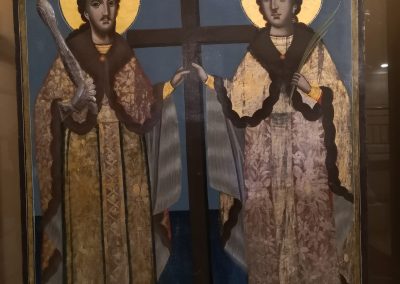
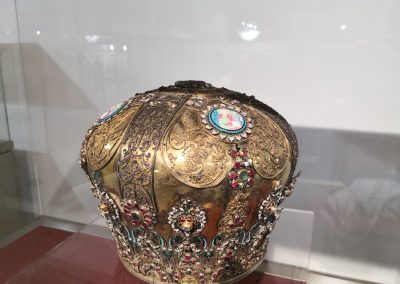
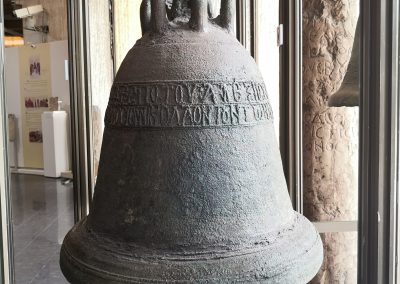
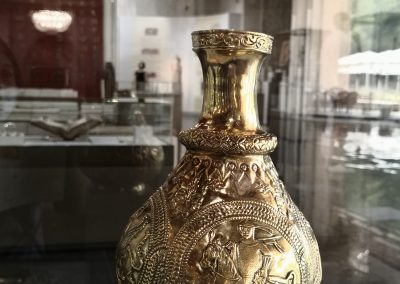
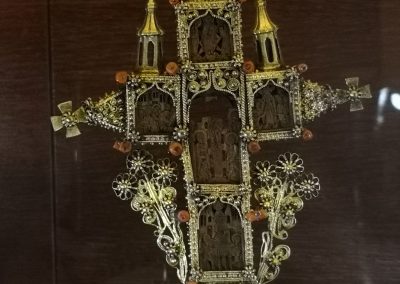

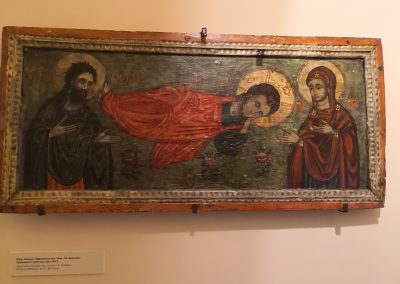


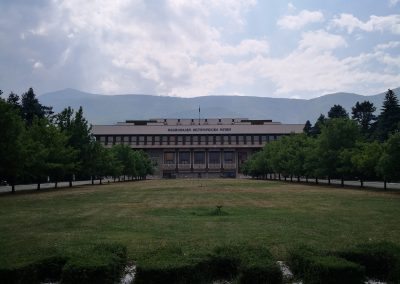
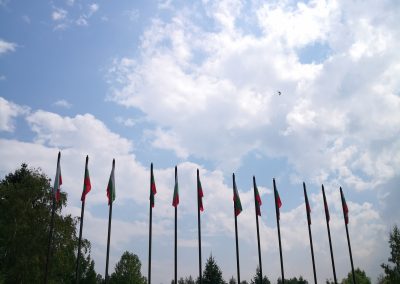
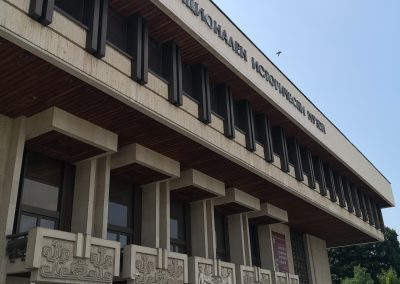

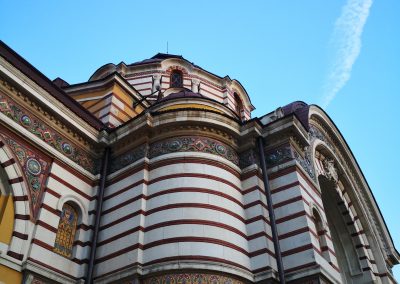
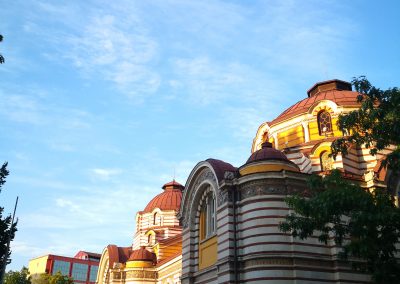
Thanks for the museum pictures, they were very insightful.
Thanks for commenting, Dr. Jack! It was truly a discovery trip for me.